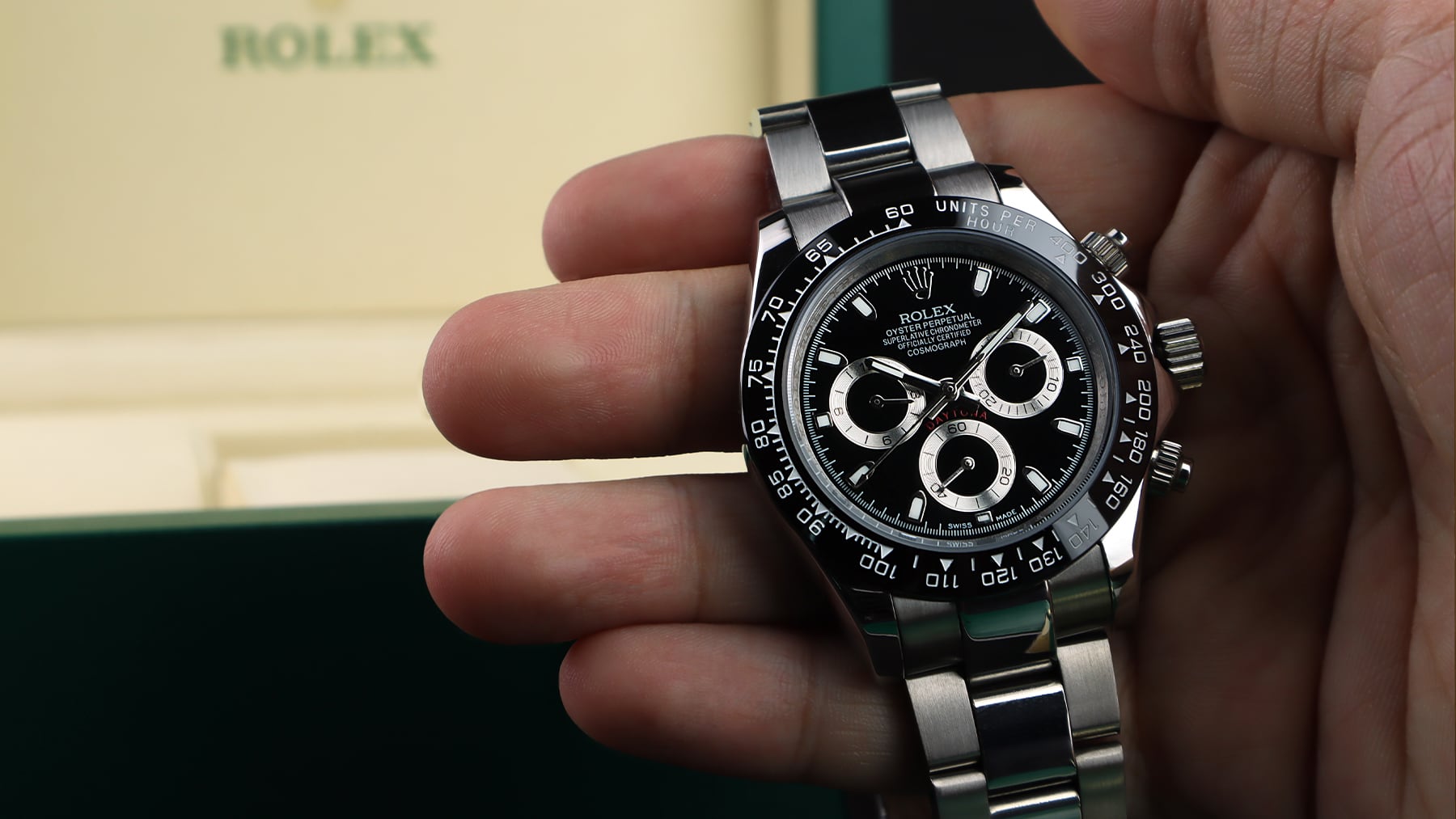
Sales of Swiss-made luxury watches are in sharp retreat as nervous consumers reconsider splashing out on expensive timepieces and demand slumps in one of the industry’s key markets.
Fresh numbers this week from Switzerland’s two largest publicly traded watchmaking conglomerates, Richemont and Swatch Group AG, confirmed a brutal, China-led pullback that’s also tarnished luxury fashion brands from Burberry Group Plc to Hugo Boss and Gucci.
The double-digit drop in sales seen in the latest results mark a stunning reversal of fortune for an industry that enjoyed an unprecedented sales boom during the pandemic-era. Back then, cash-flush clients, unable to spend on travel and dining out and inspired by flashy social media posts, plowed money into expensive mechanical timepieces.
Most of the top watch brands responded to the surge in demand by raising prices, some by double digits. That prompted some consumers to reconsider buying a new watch.
Sales of Richemont watch brands, which include Vacheron Constantin, Jaeger-LeCoultre and IWC, fell 13 percent in the three months through June, driven by a 27 percent drop in Greater China it said Tuesday. Swatch, which owns Omega, Blancpain and Breguet in addition to its entry-priced namesake, saw China sales plunge 30 percent in the first half of the year. Overall sales fell 14 percent and operating profit dropped an eye-watering 70 percent.
The drop in sales and cuts in production are rippling through the industry in Switzerland. Watch component suppliers, who scurried to hire staff and buy equipment during the boom, are facing deferred orders from big Swiss brands. Some components makers have already asked staff to reduce work hours or extend annual summer watchmaker holidays.
It’s a critical industry for the small country that employs more than 65,000 workers and is the third-largest export sector.
Swatch Group CEO Nick Hayek said in an interview this week that some of his company’s watch brands have delayed orders from suppliers amid a cut in production of between 20 percent and 30 percent, even as it keeps its own workers at their jobs.
“Some brands that have external suppliers have delayed some orders,” Hayek said. “But that’s not only us, I can tell you, this is in general,” throughout the Swiss watch industry.
Monthly Swiss watch export data for June, which are due on Thursday, will likely nod to the slowdown. After three years of record exports by value, wholesale exports declined by 2.5 percent in the first five months of 2024, according to the Federation of The Swiss Watch Industry.
The significant pullback for the sector isn’t wholly unexpected, but its scope and breadth is. CEOs and other industry executives flagged a slowdown in demand in the final months of 2023 that signalled the end of the frenzied rush to buy a Rolex or Patek Philippe that had lifted much of the industry.
Watch buyers in the US were the main drivers of the boom as the country overtook China as the top destination for exports in 2021. Even so, China’s position as the second biggest importer of timepieces is largely responsible for the current slump. Sales in the US have been surprisingly resilient and retailers in Japan are booming as tourists take advantage of the weak yen.
But that hasn’t been enough to counter the drag from China.
“We do not see an immediate end to China’s demand woes,” Bernstein analyst Luca Solca said in a report following the Swatch Group results.
Those woes are also affecting the broader luxury sector. On Tuesday, German high-end fashion brand Hugo Boss cut its profit guidance for the year, citing weakness in markets such as China. Its shares plunged to their lowest level since 2021.
Used Watch Market
The slump in sales of new watches follows a dramatic correction on the secondary market since prices peaked in 2022.
That weakness is also continuing. Prices for the most traded models fell 2.1 percent in the second quarter of 2024, according to a report this month by Morgan Stanley and WatchCharts, a ninth straight decline.
The WatchCharts data shows prices for used watches from all the major brand groups fell. Used watches produced by luxury conglomerate LVMH, which include Tag Heuer, Hublot and Zenith, fell the most, down 3.6 percent. An index of used Rolex models dropped 2.2 percent.
The value retention of Rolex watches on the secondary market has been a key differentiator for the top Swiss brand in recent years. But even that is starting to crack. According to WatchCharts data, just 63 percent of Rolex models are trading above retail prices on the secondary market today compared with 72 percent a year ago.
“It’s unlikely that secondary market prices will stabilise in the near future,” Morgan Stanley analysts led by Edouard Aubin said in the report, citing the exit of speculators and worsening value retention for many Swiss watches.
Morgan Stanley expects primary market watch sales to fall about 5 percent this year.
“With the increasingly symbiotic relationship between secondhand prices and prices of new watches,” the Morgan Stanley analysts said, “the pressure on the secondary market is reducing the pricing power of the leading Swiss watch brands.”
By Andy Hoffman



